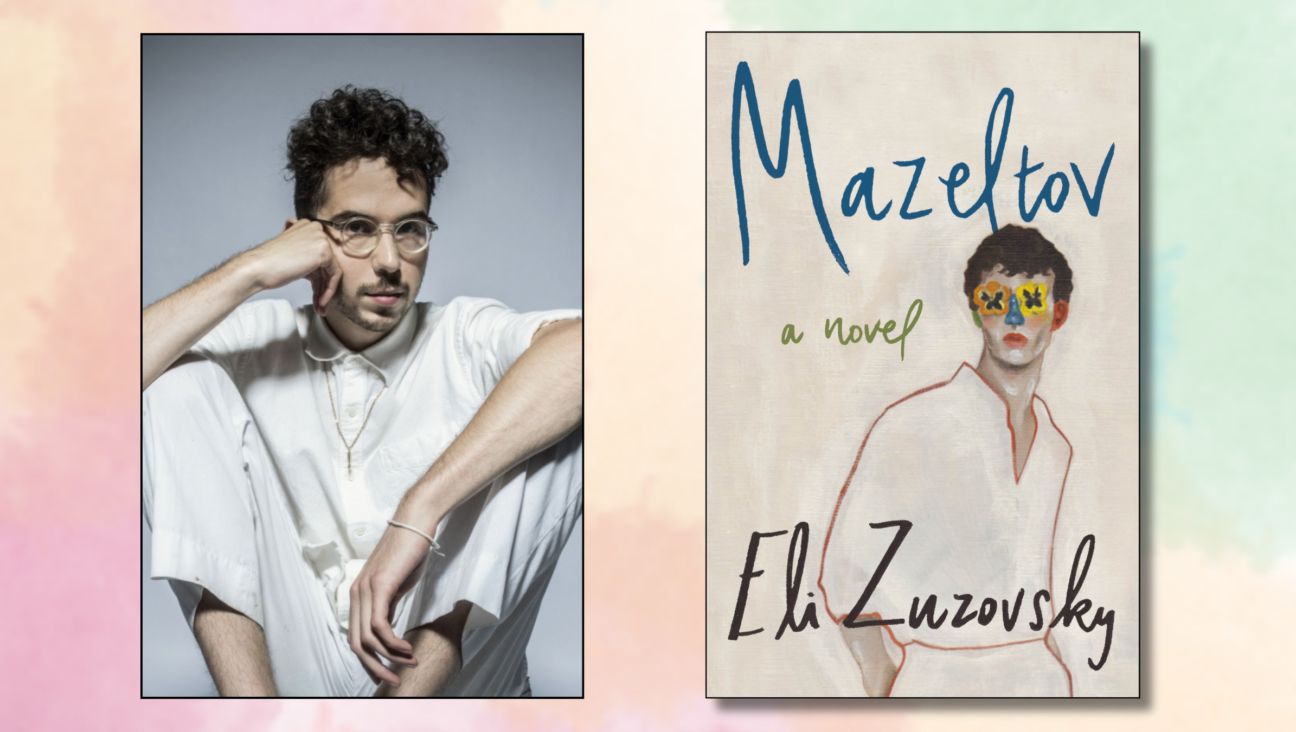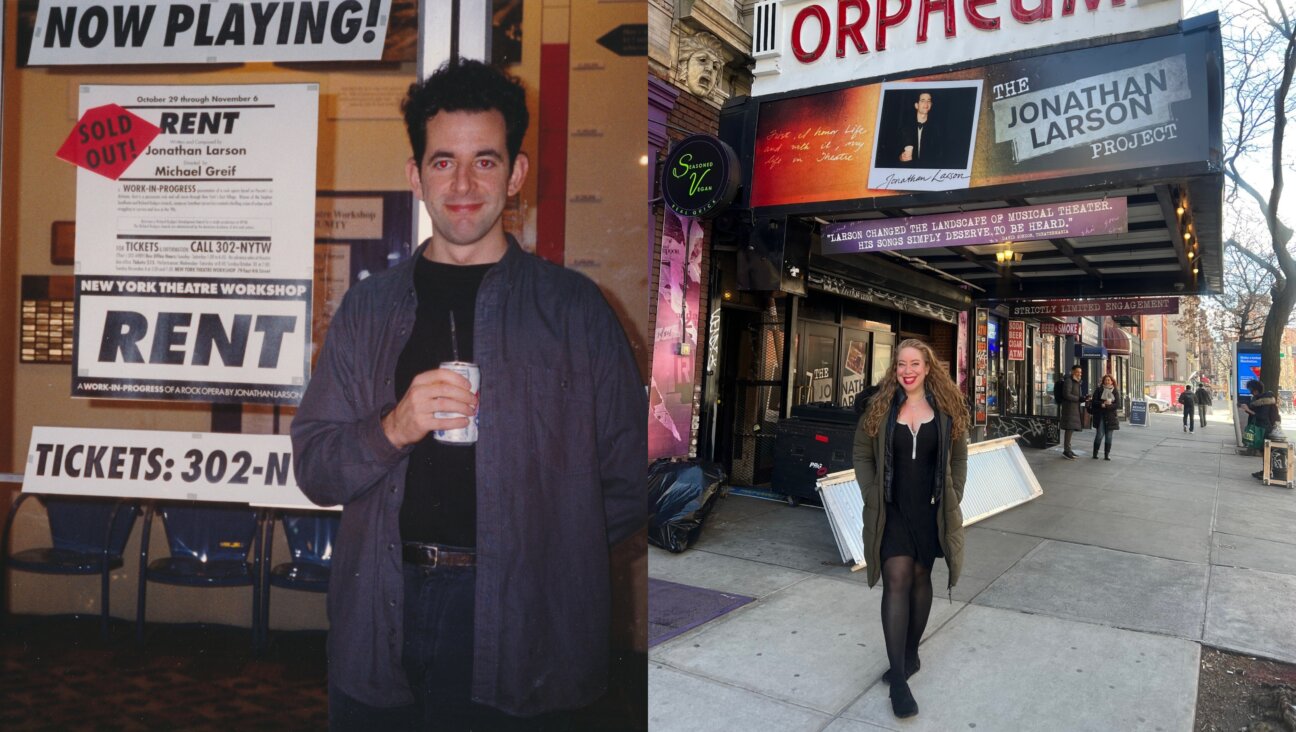With a new (old) album, a tour with (old) new songs, and a giant new book, Bob Dylan remains a neverending juggernaut
‘Mixing Up the Medicine’ and ‘The Complete Budokan’ are the latest releases from the Dylan empire
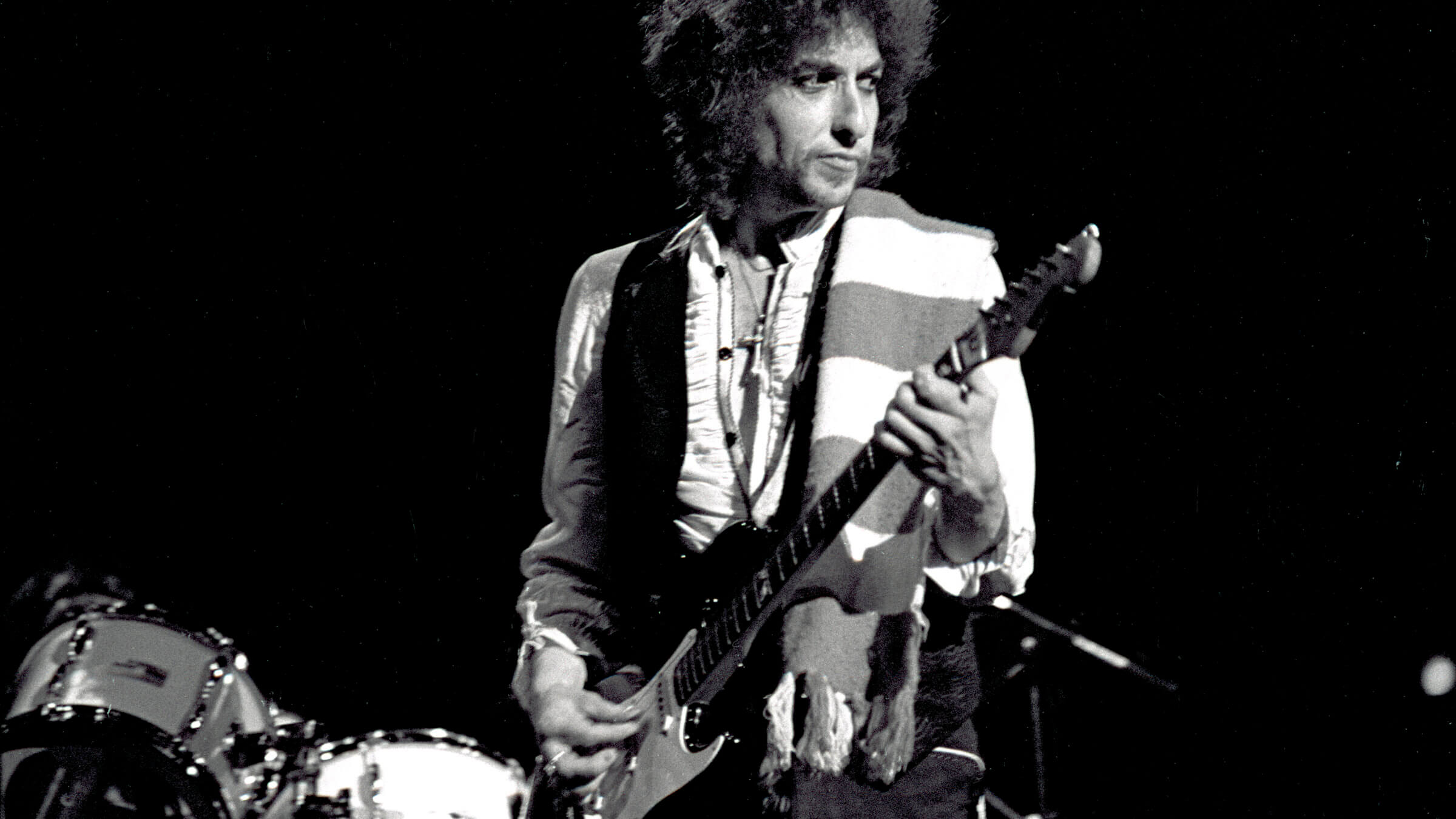
Bob Dylan in Atlanta during the Budokan era. Photo by Getty Images
I first began listening to Bob Dylan in earnest in early 1974, with the purchase of the contemporaneous album Planet Waves, a somewhat quiet, unassuming collection of deep, intimate songs – including the color-by-number anthem, “Forever Young” — recorded with The Band before they would go out on tour for the first time since Dylan’s premature retirement from the road in 1966 (the same year, incidentally, that the Beatles quit touring). Dylan’s return to touring after his eight-year layoff would pretty much continue for the rest of his career up to and including today.
I did not get to see Dylan in concert until fall 1978, missing two of his all-time greatest tours – his 1974 “comeback” tour with The Band, captured on the live album Before the Flood, and the following year’s “Rolling Thunder Revue,” the subject of several live concert albums, including 1976’s Hard Rain and the more recent The Rolling Thunder Revue: The 1975 Live Recordings, a sprawling, 14-CD box set, released in 2019. (There was also an official two-CD set in 2002, and many widely available bootleg recordings of the legendary tour, as well as a Dylan concert film, Renaldo and Clara, released in 1978, and Martin Scorsese’s 2019 “pseudo-documentary” about the tour.)
Alas, my introduction to live Dylan was during one of his most bizarre tours, launched in Japan in early 1978 and initially captured on the April 1979 American release of Bob Dylan at Budokan (originally intended as a Japan-only release in August 1978). The 1978 tour was controversial, which Dylan acknowledged right from the stage of the old Boston Garden where I first saw him, when, halfway through the show, he paused and said to the audience, “I hope you don’t think this is Las Vegas music, or disco music, because you know it’s not.”

It was a direct answer to critics’ complaints about the song arrangements and the sound of the band, as well as the overall stage aesthetic, which to some mimicked the tackiness of concerts by Neil Diamond and the recently deceased Elvis Presley. (Some blame manager and concert promoter Jerry Weintraub — who worked with both Presley and Diamond, as well as with Frank Sinatra – for Dylan’s cheesy, lounge-lizard presentation.)
Dylan didn’t help his cause by introducing from the stage such well-known songs as “It’s Alright, Ma (I’m Only Bleeding),” or asking the audience, “Hey, what’s the name of this?” over the opening chords of “All Along Watchtower.” Doubters questioned the need for an eight-piece band (large for the time) and a trio of female backup singers. Some crueler critics even took to calling it the “Alimony Tour,” a nasty way of accusing Dylan of selling out in the wake of his divorce from his first wife, Sara.
Even though Dylan catered to the desires of audiences around the world to hear primarily his “greatest hits” — and this was one of the last tours on which he did so — he couched them in such weird arrangements that maybe he was justified in introducing them by name; otherwise, they may have remained unrecognizable to some. From where I sat in the cavernous, echoe-y Garden, it proved to be an inauspicious introduction to Bob Dylan, concert artist.
And now, 45 years later, Dylan’s label, Columbia Records, has seen fit to give the 1978 tour — as captured in those first two weeks in Japan — the full “Bootleg Series” treatment, with The Complete Budokan 1978, including two complete concerts at Tokyo’s Budokan, newly remixed and spread out over four CDs, featuring 36 previously unreleased performances. (The official release date is Friday, Nov. 17.)
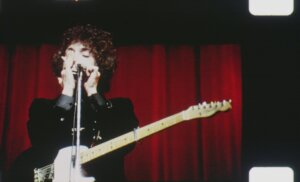
It is an album package for which Dylan fans — other than rabid completists (possibly including myself) — were not clamoring. This, rather than a more complete version of Before the Flood? This, rather than a live album from one of his two tours with Tom Petty and the Heartbreakers? This, rather than a live album — or many live albums — capturing the many ups (and downs) of Dylan’s so-called Never Ending Tour, which began in June 1988 and, depending on how you define it, could include concerts as recent as the one I saw a few weeks ago in Schenectady, N.Y.? (Dylan’s current tour is officially billed as the “Rough and Rowdy Ways” world tour, which began in 2021 and is expected to continue into 2024, and marks a rare step forward in truth in advertising, as about half the concert is devoted to songs from the album of the same name.)
Yet this time around, the concerts at Budokan (if not the 1978 tour, which evolved over the course of a year and 114 concerts in Asia, the South Pacific, Europe, and North America) are what we’ve got. And the new package is not without its merits. The remixed and remastered sound is brilliant (which may or may not be a positive, depending upon how you feel about that sound). The recording captures an unusually chatty frontman, by Dylan’s standards (he has been known to utter nary a word in concert for decades), one seemingly in a terrific mood and also one who is downright funny.
“This is an unrecorded song – see if you can guess which one it is,” he says to the audience before launching into “Is Your Love in Vain,” which would not be released until Street Legal came out four months later. The humor – some of it mocking and self-deprecating – that Dylan evinces even suggests that he was fully aware that he was presenting himself as something akin to a Las Vegas showman.

If so, it would not be the first time nor anywhere near the last time that Dylan was playing a character — no less a fictive version of Dylan than Renaldo in Renaldo and Clara nor Jack Fate in his 2003 film, the aptly-titled Masked and Anonymous. (There is a whole school of thought that “Bob Dylan” himself is a put-on, a fictional character invented by a savvy youngster from Hibbing, Minnesota, named Robert Allen Zimmerman.)
But the context of where he had been and, with the benefit of hindsight, where he was headed musically might be the strongest reason to spend time with these glitzy tracks and their unusual arrangements. The use of backup singers, especially ones whose vocals were stylized in gospel-like call-and-response, offered a hint that Dylan was beginning a journey that would see him explore different aspects of Black music in subsequent albums.
Steve Douglas’ dominant saxophone lends many of the numbers a jazzy, R&B feel. A few songs are recontextualized as reggae numbers. In the years immediately following the 1978 tour, Dylan would dive deep into gospel music on several albums, into Motown and R&B on 1981’s “Shot of Love,” and reggae on 1983’s Infidels, which even saw Dylan hire Robbie Shakespeare and Sly Dunbar, famed Jamaican reggae producers, to play bass and drums.
The new Budokan collection is not the only new Dylan product seeing release this season. Bob Dylan: Mixing Up the Medicine is a fabulous new doorstop of a book whose 610 pages serve as a kind of portable version of the Bob Dylan Center and Archive in Tulsa, Oklahoma, which opened in May 2022. The volume spans Dylan’s entire life and career, featuring over 1,100 images from the archives — everything from concert ticket stubs to handwritten lyric sheets to rarely seen backstage photographs — all duly captioned by editors Mark Davidson and Parker Fishel, both curators at the Dylan Center.
The book also does a terrific job of contextualizing the many objects, images, and ephemera in 30 new essays by writers including Sean Wilentz, Greil Marcus, Lucy Sante, Tom Piazza, Richard Hell, Greg Tate, and Larry Sloman. Sonic Youth cofounder Lee Ranaldo uncovers the mystery of the very first recording featuring the voice of a teenaged Robert Allen Zimmerman and a couple of his hometown friends, “a casual lark for three Jewish boys on Christmas Eve.”
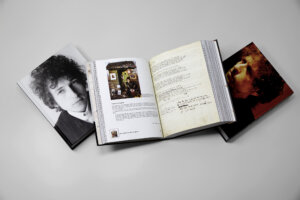
Marvin Karlins, who gave free folksinging and guitar lessons to students at the University of Minnesota’s Hillel, recounts meeting and tutoring an unassuming first-year student named Zimmerman, pointing him towards the thriving folk club scene in the Dinkytown section of Minneapolis. Griffin Ondaatje does yeoman’s work tracing the influence of Joseph Conrad in Dylan’s songs, and the New Yorker’s Amanda Petrusich reevaluates Dylan’s first book, Tarantula, in a short essay that should rightly renew interest in Dylan’s imaginative work of prose-poetry, “as deep a piece of literature as anything else he wrote.”
So much territory is covered in the book, including Dylan and Johnny Cash, Dylan and the Band, Dylan and the Beatles (especially George Harrison), Dylan and the Grateful Dead, Dylan on the silver screen, even Dylan’s ill-fated collaboration with Archibald MacLeish. You would have to arrange a multiple-month residency at the Dylan archive to soak in all that is presented in this volume, as attractive as it is informative. It isn’t pitched toward the general or casual reader, but if you have a Dylan fan in your life, your holiday gift-giving dilemma is solved.
Three weeks ago, the big news in popular music was the first album of new music by the Rolling Stones in 18 years, with plans for a 2024 tour. Last week, the Beatles — who broke up in 1970 — released their much-touted “final” single, “Now and Then,” reconstructed from a demo cassette John Lennon made in the late-1970s, featuring overdubbed parts by the three other Beatles (with a little help from “machine-assisted learning,” which sounds an awful lot like AI to me).
Given the fact that the 82-year-old Nobel Prize-winning rock poet Bob Dylan continues to tour incessantly, swinging through the Northeast most recently (and playing three shows in New York City next week), you can be forgiven if you wake up some mornings wondering what year it is, and perhaps more to the point, what world it is. That one’s easy: it’s Bob Dylan’s world, and we just happen to live in it. Lucky us.







